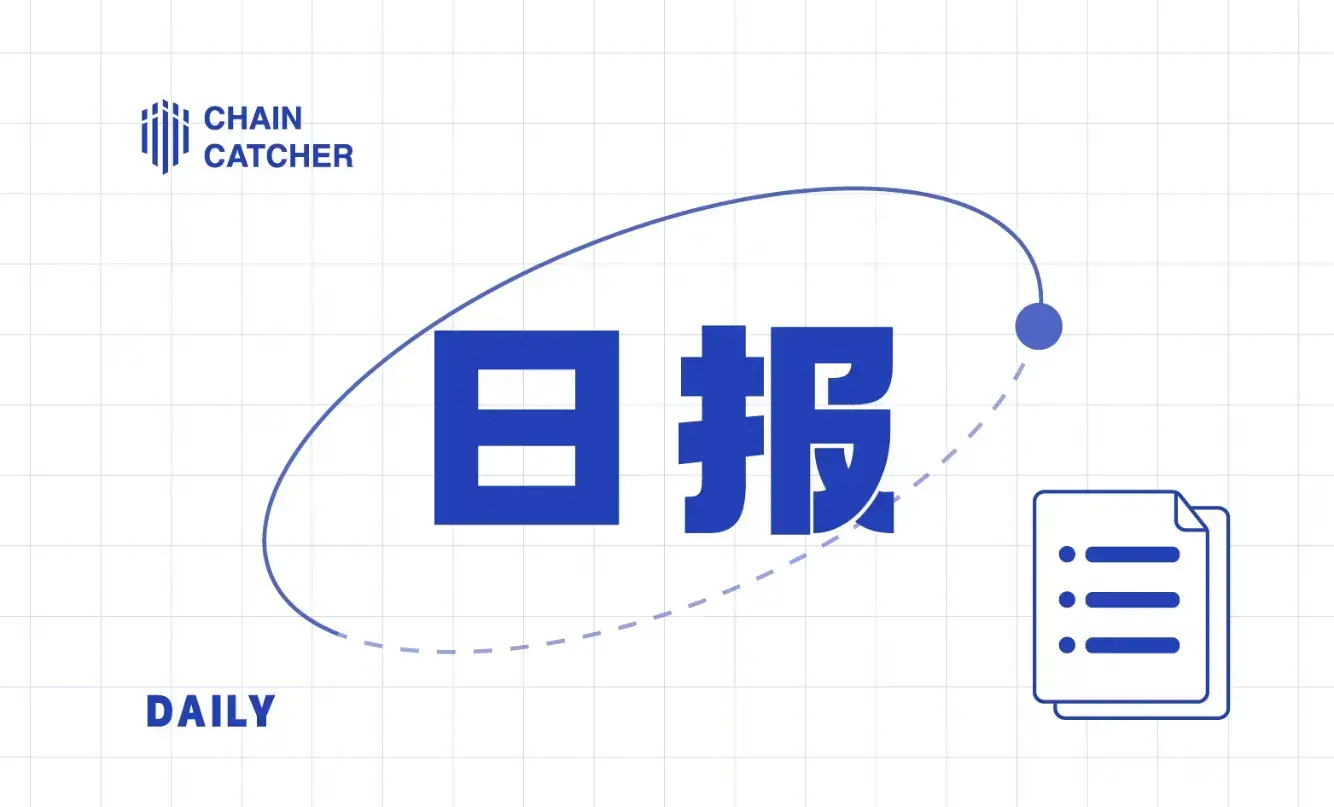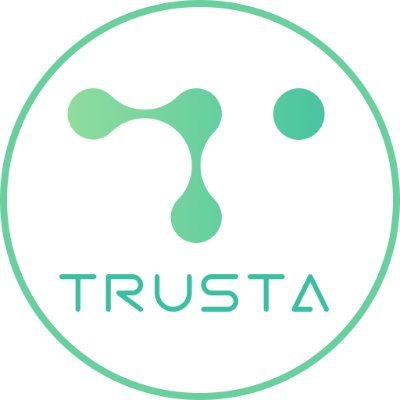Insider trading, large investors monopolizing, short selling qualifications revoked, and "wool-pulling" individuals trapped by points
Author: Xiyou, ChainCatcher
Editor: Marco, ChainCatcher
"The points system is a toxic means for project parties to manipulate the market, and I will no longer participate in activities related to points," said a veteran OG, indicating that the exclusion of points and order-faking projects has become a new criterion for him in selecting interactive projects.
Since EigenLayer announced the conditions for the EIGEN token airdrop on April 30, the controversy surrounding points airdrops has not ceased. That evening, the Bankless live stream, which was broadcasting with EigenLayer's founder, even disabled user comments.
In addition to the airdrop share being lower than some users' expectations and the airdrop tokens being unlocked in batches, EigenLayer also restricted users' IP addresses when claiming the airdrop, causing users who had already accumulated a large number of points to be disqualified from receiving the airdrop due to their IP addresses being in blocked regions.
The controversy surrounding EigenLayer's airdrop has pushed the points system model into the spotlight, tearing away the veil of points-based rewards and exposing long-hidden issues such as insider trading, dilution, and inflation within the points system.
The sentiment against points-based activities has reached unprecedented heights, with calls to refuse participation in points-based activities spreading throughout the crypto community. The founder of Compound stated, "The era of points has ended," while the founder of the "airdrop pioneer" suggested that projects "issue tokens instead of points." The once-popular points system seems to be declining in reputation.
Controversial "Points System": Dilution, Insider Trading, Games of Big Players, and Opaque Calculation Rules
Before the EigenLayer airdrop controversy, the points system had already been plagued by multiple contentious issues: insider trading, dilution mishaps, PUA users, games played by big players, and opaque rules. The EigenLayer controversy merely brought these long-hidden problems of the points system to the forefront.
"Insider trading" and games played by big players are the most criticized issues.
Take the EigenLayer airdrop as an example. On April 30, it was announced that the airdrop snapshot date was March 15, but several large addresses seemed to have insider information, as they "coincidentally" withdrew all deposited tokens the day after the airdrop snapshot occurred.
For instance, legendary trader GSR happened to withdraw $7 million worth of wBETH on March 16, just a day after the EigenLayer snapshot; similarly, a newly funded Binance wallet also withdrew all $13 million worth of wBETH deposited in EigenLayer on March 16.
These suspiciously precise withdrawal times led users to suspect that these individuals had insider information.
The Layer2 network Blast, which had previously promoted the points system, was pointed out by community users for secretly issuing a large amount of gold points to certain Dapps without any announcement or public disclosure.
The once-popular decentralized GPU project io.net faced accusations of insider trading in points in April, with project parties and VC institutions allegedly disguising themselves as ordinary users to jointly mine points.
Additionally, issues such as dilution of points, data errors, and PUA users frequently arise due to the opaque and unclear calculation rules of points-based projects.
Similarly, after an official system upgrade at io.net, several GPU mining users discovered that their platform's points data displayed errors. The official response stated that the points value shown on the website was based solely on internal testing, which did not reflect the actual points in users' Ignition reward plans and was being addressed. However, the current confusion in io.net's points data and issues such as multi-card being treated as single-card calculations remain unresolved.
In February, the staking protocol EtherFi fell into controversy over "points dilution and point theft," with community members reporting that under the same staking amount and time, EtherFi had about 10% fewer EigenLayer points compared to the re-staking protocol Renzo. The official response acknowledged that the points data displayed on the protocol's homepage was indeed incorrect, and users' actual EigenLayer points were much higher than the currently erroneous displayed data.
In March, the new points gameplay "reputation crash" launched on Blast's mainnet was criticized as PUA. The new rules required users to migrate ETH points to the mainnet to enjoy a 10x expansion, but users had to pay a gas fee of around $50, which was too high for small retail users. After migrating, users found that the expansion factor was a random number between 0-10 times.
Although Blast later stated that it was a UI calculation error and the bug had been fixed, it still left criticism regarding the opacity of points calculation rules.
For users who did not migrate to the mainnet, it meant that their points would no longer have the opportunity to double, and the original value of their points would be diluted. If they wanted to withdraw funds to the mainnet, they would have to wait several days before being able to operate, leading to a situation where participating users were caught in a dilemma: if they did not continue to invest and interact with Dapps, their points would be diluted by others.
Some community members expressed that Blast had led users onto a vehicle they could not get off, not only erasing their previous contributions but also diluting the points they had earned with real money, while also bearing the financial risks of new projects like Rug.
One netizen described the points gameplay on Blast's mainnet as akin to your mother-in-law saying that a wedding gift of 100,000 yuan would suffice, only for the bride's family to suddenly ask for more money the night before the wedding.
Furthermore, as the current points system primarily calculates based on the amount of funds deposited and the time dimension, the financial strength of big players can create a one-sided crushing effect, clearly making it a "game for big players."
In the EigenLayer airdrop, a single whale received 3.55 million EIGEN tokens, while the total amount for the first season airdrop was 83.5 million tokens, meaning this individual accounted for a staggering 4.26%.
Regarding the current points system activities, crypto user @sunlc_crypto stated on social media that they do not plan to participate in any projects related to order-faking or points in the future.
Everyone is desperately trying to inflate trading volumes to earn points, but ultimately, the interpretation of the rules lies entirely in the hands of the project parties, determining how points can be exchanged for tokens and whether they can even be exchanged at all.
Behind the Points System Controversy: Imbalance Between Input and Output
Currently, most projects' points systems are quite similar, primarily focusing on the simple stages of "referring others, depositing funds, earning points, and vying for airdrops." The rampant points gameplay has led to aesthetic fatigue and even negative sentiment.
Ken, a crypto project operator, stated in an interview with ChainCatcher that there is nothing inherently wrong with the points system; its essence is to encourage users to engage more actively with the project in exchange for points, transforming qualitative measurement standards into quantifiable metrics. If used correctly, points can be a good way to collect relevant community information about the project.
"The current controversy surrounding Web3 points stems from the imbalance between user input and output," Ken explained, noting that the core of points system design lies in balancing the input-output ratio between the platform and the users.
In the Web2 world, the design of points systems primarily revolves around two aspects: where points come from and where they go, i.e., the acquisition and consumption of points.
From the platform's perspective, the core of points system design is to set corresponding reward tasks for users based on what the platform wants them to do, allowing users to receive corresponding rewards upon completion. Once points are issued to users' accounts, the platform must find ways to guide users to consume those points, generating output while consuming them, thereby increasing revenue for the platform.
From the user's perspective, the perceived value of points is paramount, meaning whether the items that points can be exchanged for are valuable, whether they are desired, and whether the time and effort spent to earn points match the value of the points redeemed.
In the current Web3 world, the points system mainly serves as an incentive tool for project parties to attract customers and funds through the anticipation of token airdrops. Users need to refer others, interact, deposit funds, earn points, and then vie for a potential airdrop opportunity, which is not guaranteed.
Project parties reap tangible TVL and user data through the points mechanism, and their valuations rise accordingly.
Crypto user 0xminion once stated on social media that project parties' points imply to users, "Come farm with us; we will have tokens soon. If you make our metrics look good and take the risk to try our products, you can accumulate some points." Some points systems do not welcome users who exploit them but are happy to have you deposit and try their products, while excluding you from token airdrop eligibility.

For instance, the Solana ecosystem derivative Drift Protocol launched a points trading activity months before starting an airdrop, but the airdrop was not based on points; instead, it was distributed to OG users, leaving early users who aimed for points empty-handed and incurring potential time and financial costs.
Moreover, the current points system primarily focuses on deposits or trading volumes, with points acquisition based on asset quantity, participation duration, fund scale, and transaction frequency, and there are certain withdrawal restriction periods. This means users face higher time and financial costs compared to previous airdrop formats.
As a result, under the points system, the airdrop benefits that exploitative users ultimately receive may not be higher than before, leading to a situation where the final input-output ratio results in losses, commonly referred to as being "reverse exploited."
Community users have complained that the points system is a poison for project parties to lure users into airdrop traps, leveraging the anticipation of points airdrops to attract a batch of users and TVL, thereby continuously increasing the project's valuation and securing more investments, all while the project parties incur zero costs. Even if some airdrops occur later, these token issuances do not cost the project parties anything, while users invest real money, effort, and time.
The fundamental issue with the points system being criticized is the mismatch between the airdrop benefits users ultimately receive and their input-output ratio.
Additionally, the current project parties' models of large-scale private placements and high FDV airdrops due to points have resulted in users receiving a total value of airdrop tokens far below expectations, leading to continuous declines in token prices once they are launched, ultimately resulting in losses.
The Business Behind the Points System
Because it is a "game of empty hands," and there are successful cases to follow, the points system remains a method worth trying for project parties.
In December, Pacman's staking network Blast adopted a points incentive strategy, using a series of user referral methods and a transparent airdrop points system to incentivize growth. The protocol's TVL surpassed $100 million within a day of its launch, attracting as much as $2.3 billion in funds within three months, officially kicking off the points system craze.
An increasing number of Web3 projects are joining the ranks of those adopting points rewards, launching their own Points incentive strategies for operational growth, allowing users to earn points by participating in designated tasks, with higher points increasing the probability and quantity of future airdrops.
Projects such as the Layer2 networks Arbitrum, Starknet, and the yet-to-launch Scroll and Linea; exchanges within the Solana ecosystem like Backpack, derivatives like Drift, and AI products like io.net; Bitcoin ecosystem Layer2 networks like B²Network and BounceBit; and the rise of Eigenlayer's re-staking concept have all pushed the popularity of the points system to new heights, with projects like Renzo, Puffer Finance, Eigenpie, Swell, KelpDao, and Ether.Fi engaging in a points competition centered around mining Eigenlayer points, allowing for dual mining or multiple benefits.
In February, The Block reported that there were already 14 projects in the market issuing over 111.5 billion points.
Amid the hype surrounding points, some project parties have seen entrepreneurial opportunities, leading to the emergence of dedicated points trading platforms and third-party points design products like PointFi.
In April, crypto KOL @MrBlock warned that the points market could be the next token market, urging users not to miss out.
In December of last year, the OTC market for points trading, Whales Market, was established, allowing users to trade their earned points peer-to-peer, addressing the issue of how to price points.
For example, Blast points are currently quoted at $0.00009, Eigenlayer points before the token launch were priced at $0.198, and BounceBit points are priced at $0.012.
According to Dune data, as of May 10, the Whales Market platform had completed a trading volume of approximately $110 million, with over 30,000 users.
Currently, points trading platforms include Michi Protocol, PointMarket, and Pendle, which aims to tokenize future points earnings.
There are also third-party products designed for points, such as the on-chain points management tool Stack, which completed a $3 million seed round led by Archetype in March.
The Web3 reputation platform Trusta Labs is also working on building a fair and auditable third-party points platform, allowing project parties with points needs to publish their points on this platform.
The emergence of the points trading market allows users to discover the price of the points they acquire, and combined with clear points acquisition systems from projects, it enables the estimation of potential returns, allowing users to lock in points profits early through trading platforms and avoid being "reverse exploited."
How to Design a Reasonable Points System?
Regarding the criticism of the opacity of rules in points systems, crypto user Yelo (pseudonym) stated in an interview with ChainCatcher that the current Web3 points systems are mostly designed and issued by project parties themselves, with points being off-chain. This means that project parties can adjust the points system at will; the supply of points can also be unlimited, and the methods of using and redeeming points can be modified, meaning that the final interpretation and use of points are controlled by the project party issuers.
Simon, CTO of the on-chain reputation platform Trusta Labs, also mentioned in an interview that "off-chain points are based on centralized project party databases for statistics and storage, which indeed poses the risk of bad project parties engaging in insider trading with fake accounts and points. Additionally, the total issuance of points and subsequent token exchange ratios and methods have never been as determined and public as TGE."
To address this issue, points could be put on-chain or supervised by a third-party platform, making the total distribution of points and the historical records of distribution methods transparent. There are already on-chain points products in the market, such as Stack, which can put points on-chain in ERC20 format, supporting the traceability of each points distribution data.
He also emphasized that project parties should pay attention to setting different weights for different reward behaviors when designing points systems. For example, in purely staking fund incentive points like those of Blast and Eigenlayer, the top ranks are often occupied by financially strong big players, which can exclude a large number of genuine users willing to participate, potentially failing to gain broad support for the project within the community.
Furthermore, regarding the usage scenarios of points, crypto user Nancy (anonymous) responded in this interview with ChainCatcher that the current practical uses of points in Web3 are quite singular, limited to vying for airdrops and exchanging for tokens, with no other usable scenarios. In the Web2 world, points have various uses, including redeeming goods, enjoying discounts, or other benefits.
"Points in Web3 projects could be designed for various types of rewards, from discounts and product benefits to project ownership and governance rights, and even directly influencing income," Nancy suggested.
Regarding how to design a reasonable points system, Katiewav, a researcher at the crypto institution Archetype VC, once stated that the primary goal of a project's points system should be to encourage product usage, not to encourage points accumulation. Ensuring that the points program ultimately brings users back to the product ecosystem is key to successfully launching a points-driven growth flywheel, rather than encouraging behaviors that could lead to user attrition, such as points airdrops. Directly converting points into product advantages to help feedback, improve, and test specific features is the long-term path.
She cited the social platform Farcaster Warps as an example, where points earned can be used as gifts for other users or to receive discounts when purchasing NFTs on the platform. This clear use case for points reduces the risk of speculative participation.
















